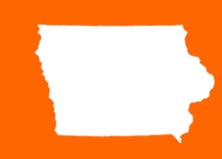

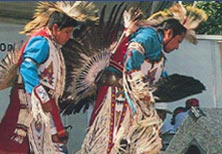
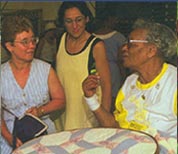
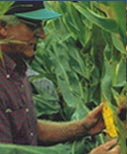

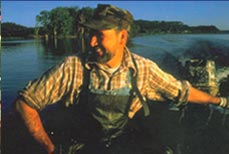
| Resources | ||||||
|
||||||
| Learning Guide |
| 1. Social Studies |
| 2. Language Arts |
| 3. Music |
| 4. Art |
| 5. Special: Multi-Disciplinary, Culminating Activities |
|
Many students have access to still or video cameras through home or school with which to practice their skills. But first, they need to be directed in some of the most effective uses of both still and moving images. This lesson uses the photographs reproduced in these educational materials and the video to cue students to the uses of documentary images. It also provides information about the technical aspects of photographing and videotaping. Still photographs and film/video shots for visual documentation can be categorized as follows: In preparation for the lesson, use five photographs from the handout and photocopy them for the class. Choose a video segment from Segment 4 of Profiles. Make sure it is an “action” segment and not a “talking head.” Cue the segment with the sound of the television monitor turned off.
Folklife Background Documentation of an object is important. But just as important for scholars and experts is documentation of the process of how the object is made and used. This generally includes capturing the actions of the makers and the social and physical settings in which the object is used. Photography can also be used to elicit stories and descriptions from people who are interviewed (by using the photos as a prompt for memory and narrative).
|
Previous |
| | Next |
| Objectives | ||||||||
Students will be able to:
|
| Cross References |
Instructional Program: Fine Arts and Culture, The Art and Soul of the Land |
| smithsonian institution |
 |
pioneer hi-bred international, inc. |
iowa sesquicentennial commission |
 |
iowa arts council |
